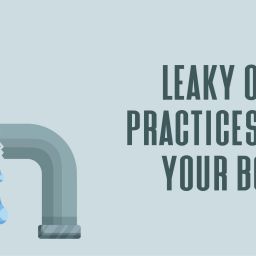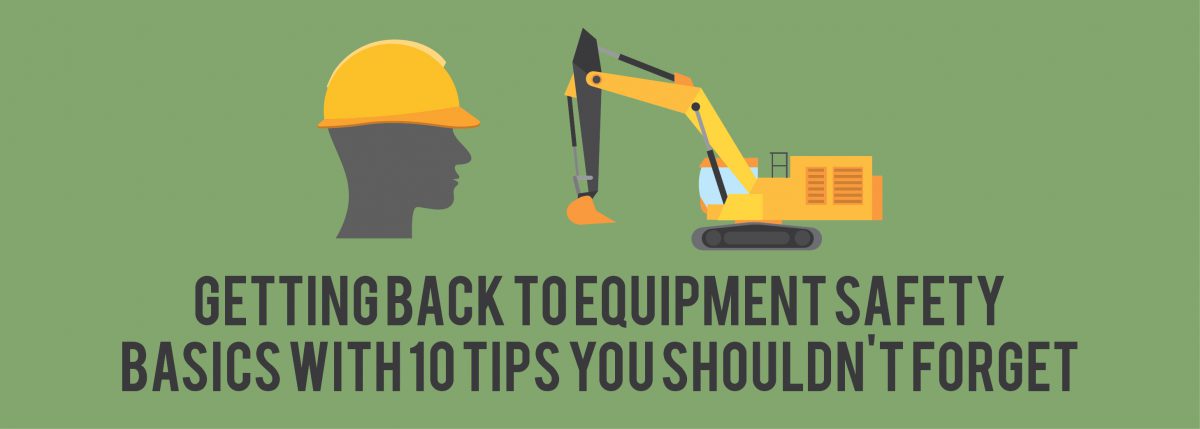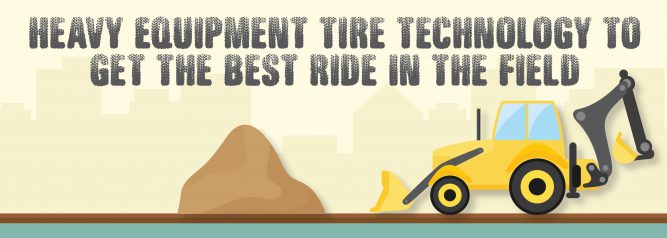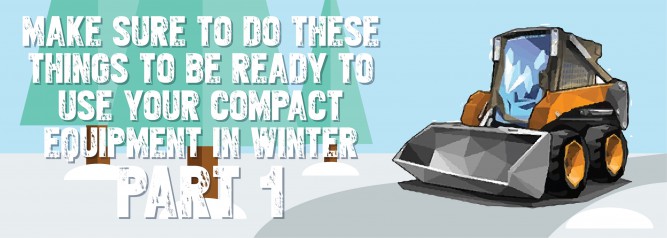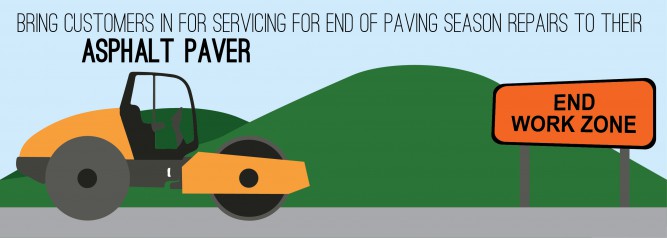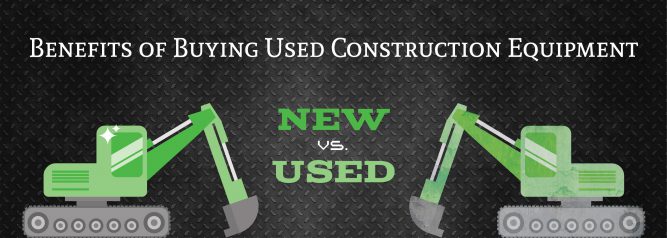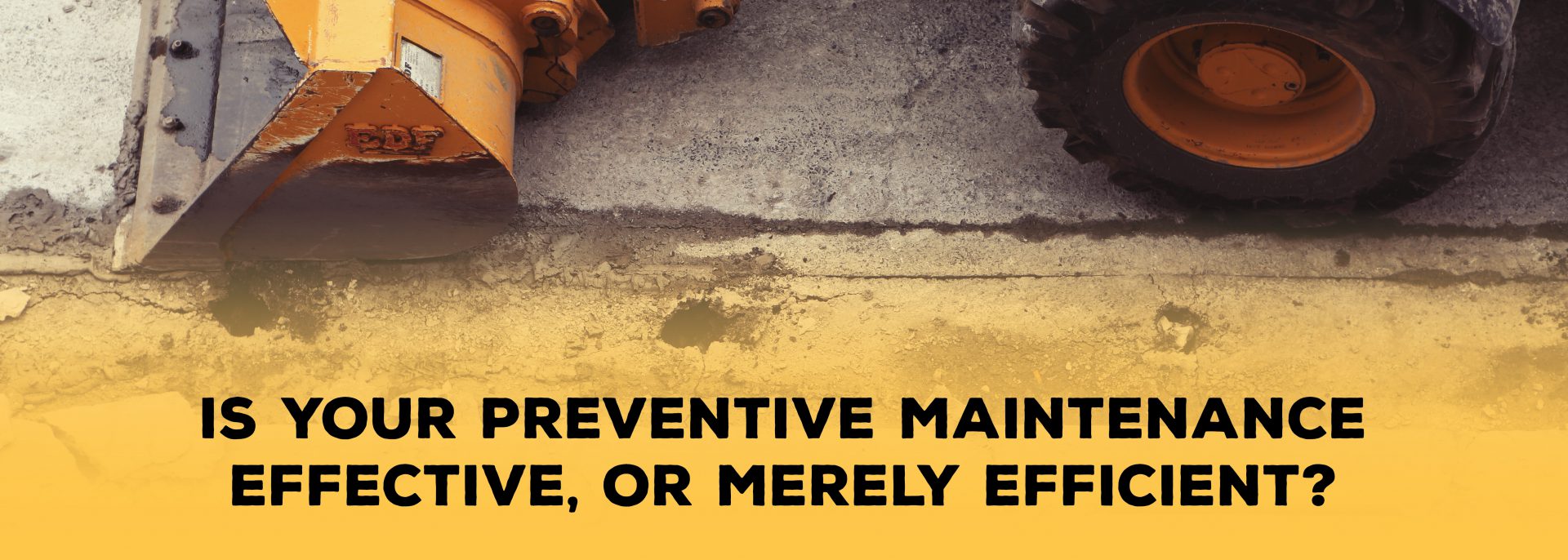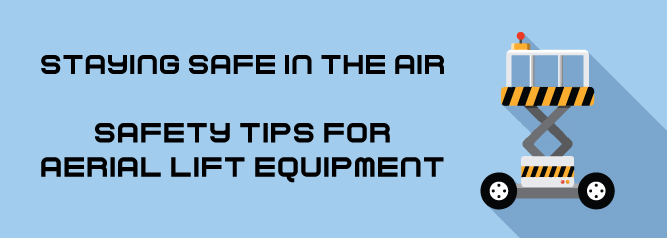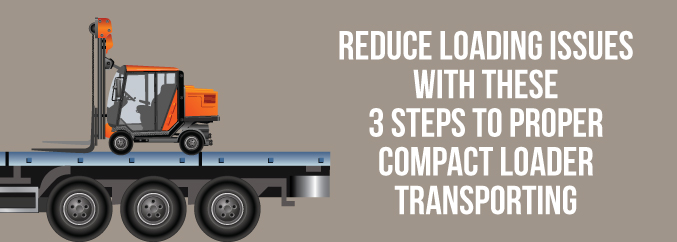
Construction Equipment Safety Does More Than Save Lives, It Affects Your Bottom Line
No part of a jobsite plan is more important than construction equipment safety. That’s because the best insurance against accidents is prevention, especially in an inherently dangerous industry such as construction. As a dealership, you can help your customers emphasize safety-consciousness, with timely reminders and tips that protect machines and humans and boost their bottom line.

Regular inspections and maintenance are standard recommendations for a reason: if something breaks or otherwise fails, it can start a perilous chain reaction of damage and injury. The hydraulics on a piece of equipment typically run at more than 4,000 psi, whereas by comparison, a power washer with an output of 2,000 psi can cut a brick in half.
Equipment is now built safer than ever:
- Rough-surfaced steps and walking surfaces help prevent slipping, seatbelts and roll-over cages protect operators.
- Cabs assure greater visibility with larger windows and back-up cameras, so operators can see their work area and broader surroundings.
- Cabs are more comfortable, with ergonomic design and personal amenities such as cup holders that help reduce operator fatigue. Fatigue causes accidents.
- Telematics now prevalent in new machines provide a wealth of information to help maintain service schedules and identify potential problems before they turn into accidents or expensive repairs.
People have to make safety a habit.

Taking personal responsibility extends to day-to-day construction equipment safety measures only humans can take. The single most powerful of these is the walk-around inspection. Industry experts recommend you do this at the beginning of each shift, or at the beginning and end of a single day-shift. The few minutes spent on this could ultimately save lives, not to mention the frustration and expense associated with equipment downtime.
![checklist[1]](https://adiagency.com/wp-content/uploads/2014/06/checklist1-300x300.png)
Some inspection points are the same regardless of machine type, other points are specific to each type of equipment and perhaps even the model. In general, a complete walk-around should include checking:
- The cab interior and exterior.
- Tires, for wear and inflation. A tire that is even slightly underinflated can cause a machine to tip.
- Track systems and other moving parts.
- Working hydraulics.
- Daily maintenance items, such as adjusting levels of all fluids and replacing dirty filters.
- Hoses for leaks, cracks or loose fittings.
- Windows and mirrors, for both damage and dirt that obscure visibility.
- Warning lights and audible alert systems.
The entire machine should be checked for loose parts, including electrical wiring, shields and guards. Attachments that will come into play during the day should be inspected, too.

Human injuries and equipment downtime cost your customers in multiple ways, including unnecessary or premature repairs and rising insurance premiums. These costs make it harder to bid jobs competitively or turn a profit. And recurring on-the-job problems can give your customer a less-than-desirable reputation.
Promoting construction equipment safety rewards them with bottom-line benefits that range from higher job satisfaction among their crew to greater productivity.



